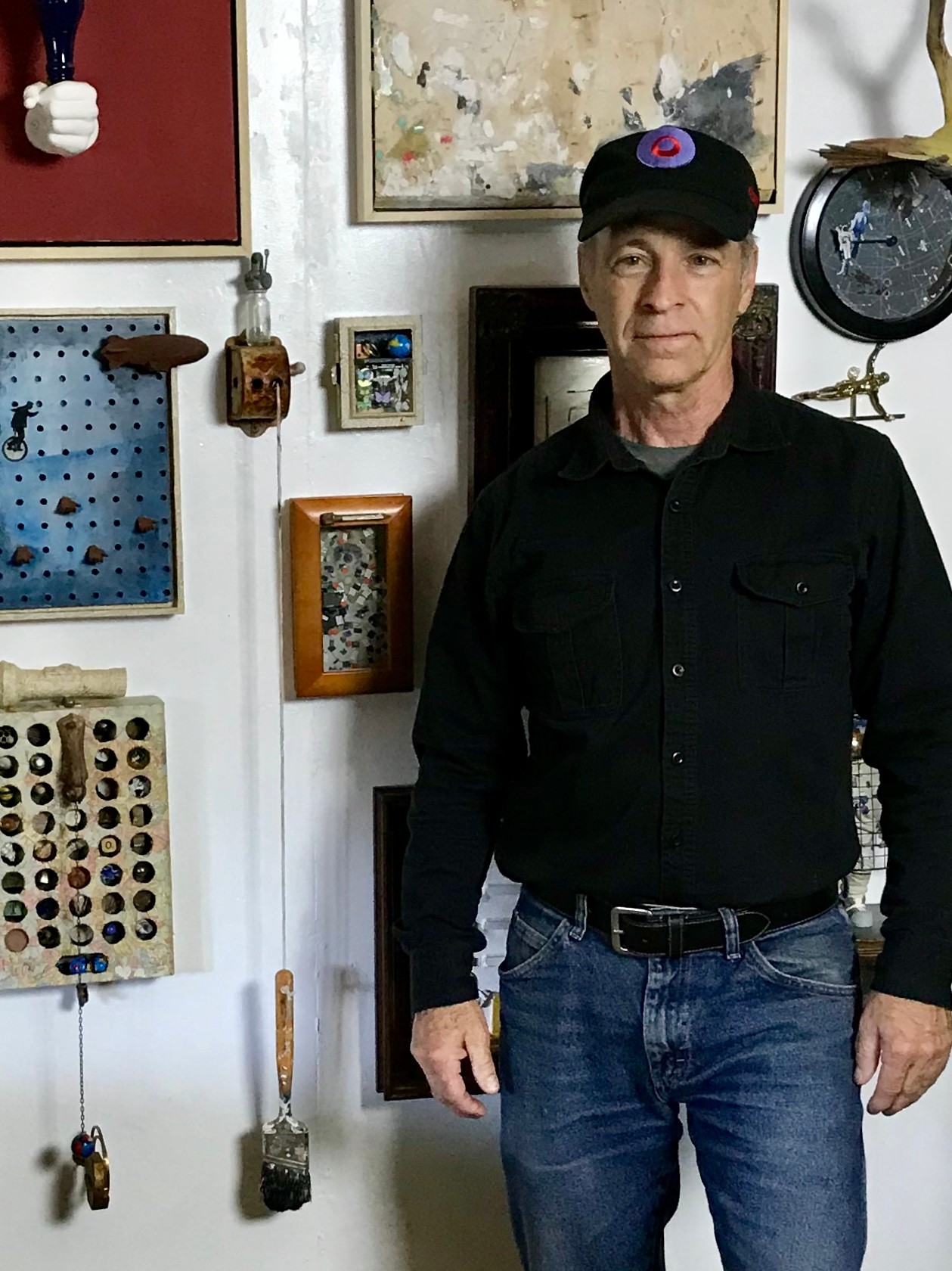We were lucky to catch up with Norman Kary recently and have shared our conversation below.
Hi Norman, appreciate you sitting with us today to share your wisdom with our readers. So, let’s start with resilience – where do you get your resilience from?
When you’re a visual artist in a field of thousands you have to love what you do and overcome any obstacles that come your way. My work has alway driven me to do more and do the best work I can; otherwise, you’re wasting your time and energy when you should be finding something else you’re better at.I’ve received many rejection letters from juried shows. I look at rejection letters this way. The juror is just one person with his or her idea of what good art should look like .There are prejudices and agendas that play a part in every juror. You simply have to have thicker skin and persevere.
Appreciate the insights and wisdom. Before we dig deeper and ask you about the skills that matter and more, maybe you can tell our readers about yourself?
I lived part of life in California.We moved quite a bit as my father worked for the government as an Immigration officer. We moved to the East coast (Virginia) and settled in Richmond where I obtained a Bachelors Degree in Education in 1974. Unable to work as teacher at the time I helped my father move everyone to Texas where I have lived for the past 40 years. I have always been interested in art from early age whenI drew constantly.I got my teaching degree to help supplement my income as an artist The art market in Dallas was thriving when I got there in the Mid- Seventies. I was lucky to get with an established gallery with a wonderful director. She understood my work and my challenge as an artist to present a stage for objects to tell their story.
The inspiration for the found objects I discover comes from an understanding that they possess a personal, hidden narrative; an underlying story to share with us. Seemingly random objects such as globes, watch pieces, dice ,compasses and the like have a direct reference in my mind to Time , Space, Memory and Chance. These disparate materials create an uncharacteristically complex enigmatic imagery that may not be understood upon their initial viewing. Various objects obviously have a variety of associations and meanings to each and every one of us. It is for this reason that the conclusion of that narrative I leave solely up to the viewer.
Looking back, what do you think were the three qualities, skills, or areas of knowledge that were most impactful in your journey? What advice do you have for folks who are early in their journey in terms of how they can best develop or improve on these?
Some of the traits that have helped me along the way have been: persistence, being true to yourself and attention to detail. Persistence kind of speaks for itself. You have to maintain a discipline to work in the studio instead of talking about being in the studio or wishing you could be in the studio.You have to work everyday at it.And the work you do needs to be true to you as a person.Not wok you think people will like or work that happens to be the flavor of the month.It must be something you believe in; otherwise ,you’ll look back and see what a waste of time it was and you’ll hate yourself for it..Above all , the work you do should include the details that every work of art should have.It will give it the integrity it deserves. My work usually hangs on the walls of my studio for months before I can call it complete and ready to be seen by the public.
Alright, so before we go we want to ask you to take a moment to reflect and share what you think you would do if you somehow knew you only had a decade of life left?
Currently I am facing the challenge of finding a gallery that I am comfortable in and that has my interest in furthering my art career.I have been with several galleries over the years . Galleries close .Directors move on. Your work stops selling .The direction a gallery takes changes.There are numerous reasons why we all move on. It can be a real challenge to find a gallery that you fit into. Most are not really receptive to new artists. You really have to scout out a gallery closely to find a niche that works for you and the owner. I try to get to know the director well before I attempt to approach them about my work. I want to know my work would “fit” in the type of gallery I want to be in. There are several factors in choosing a gallery..How many artists do they have? Is it a painting gallery or a sculpture gallery or both.? Do they show representational work.Do the show mostly abstract work.All these factors are a challenge for every artist looking to find their place. Most importantly focus on what is important to you and the legacy of that work will speak for itself.
Contact Info:
- Website: normankary.com
- Instagram: #normankary1. and #hand_out_project
- Facebook: Norman Kary
- Youtube: https://www.youtube.com/watch?v=8bHTzFL9Ow4&t=11s
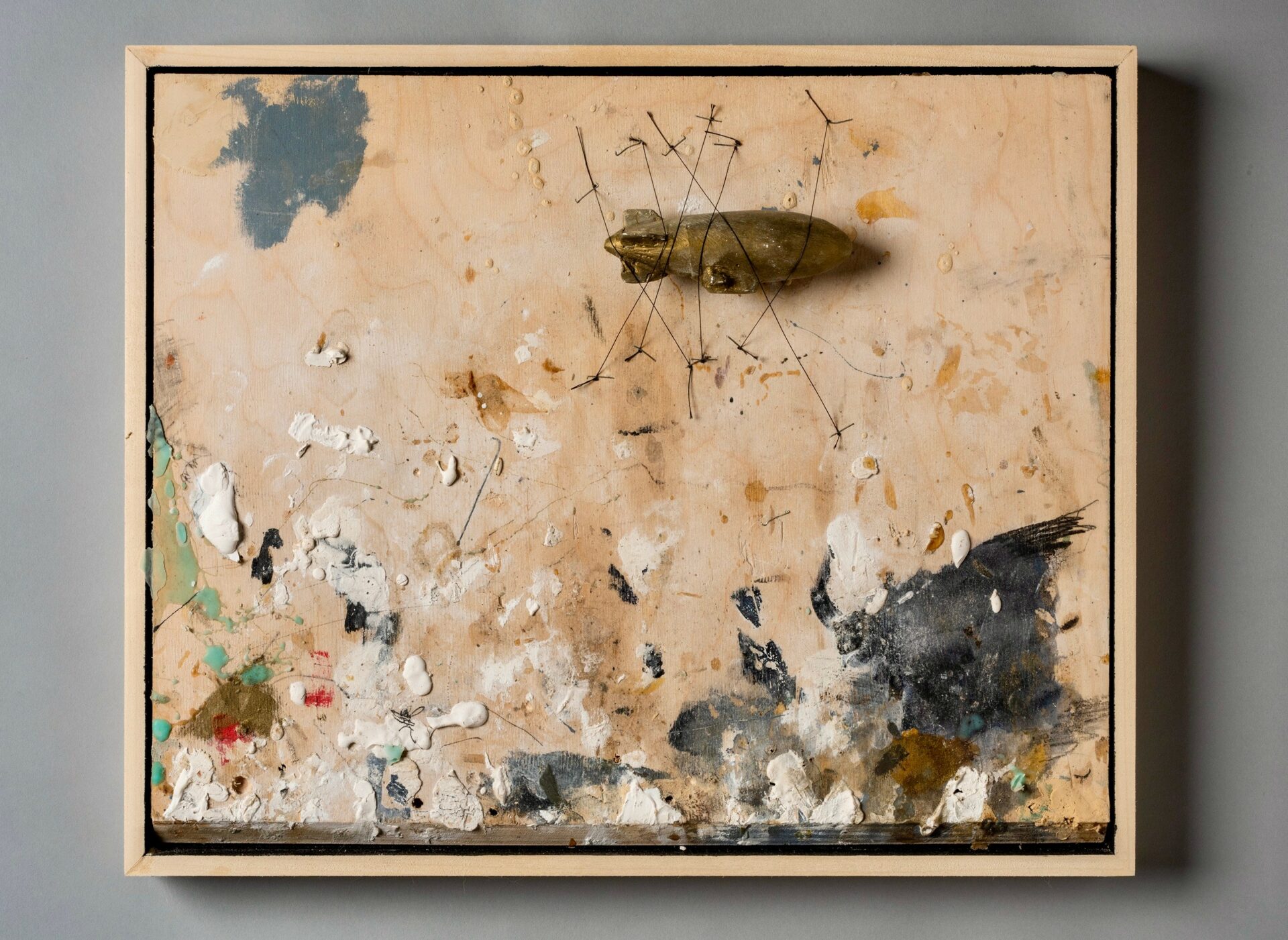
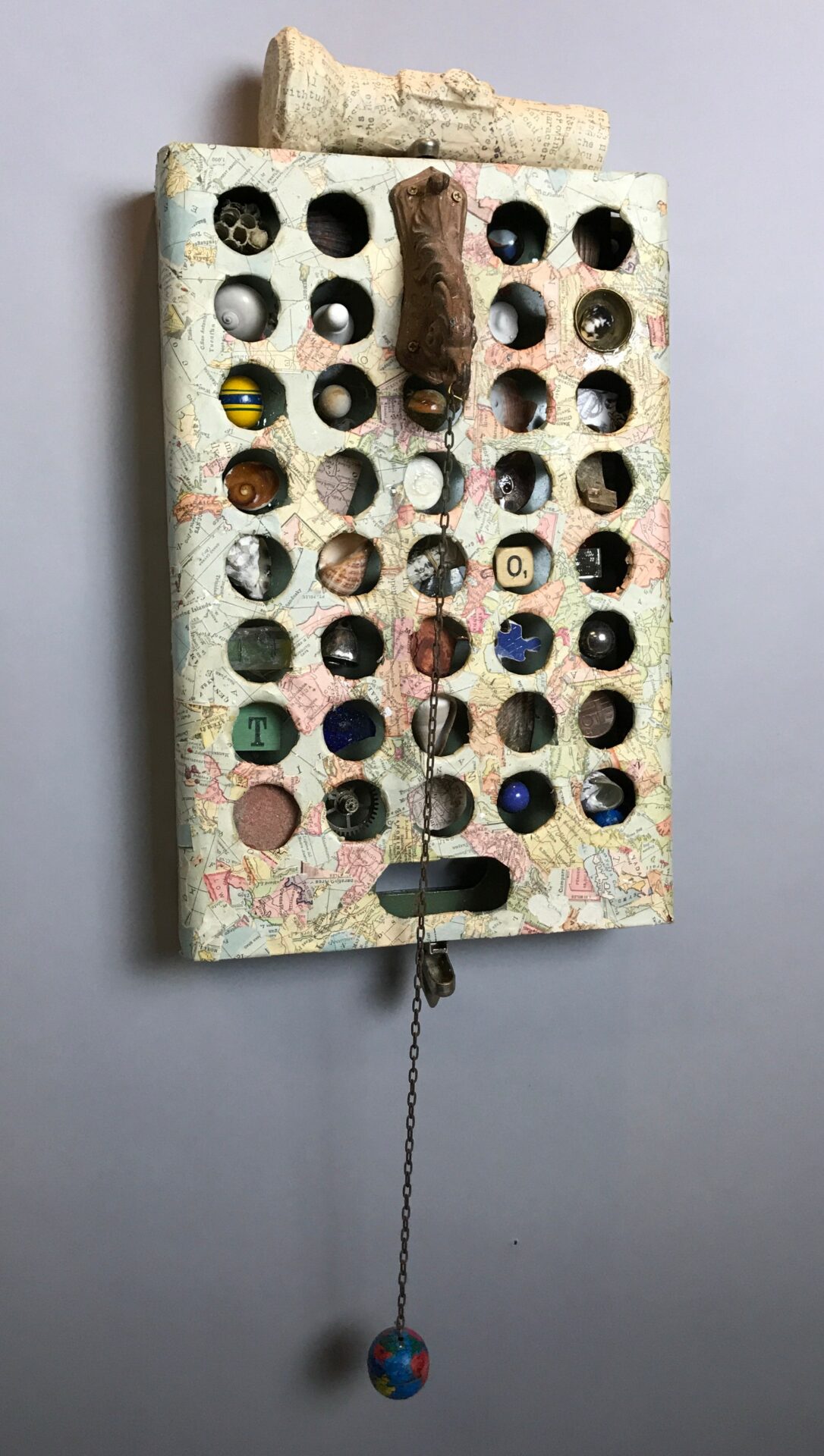
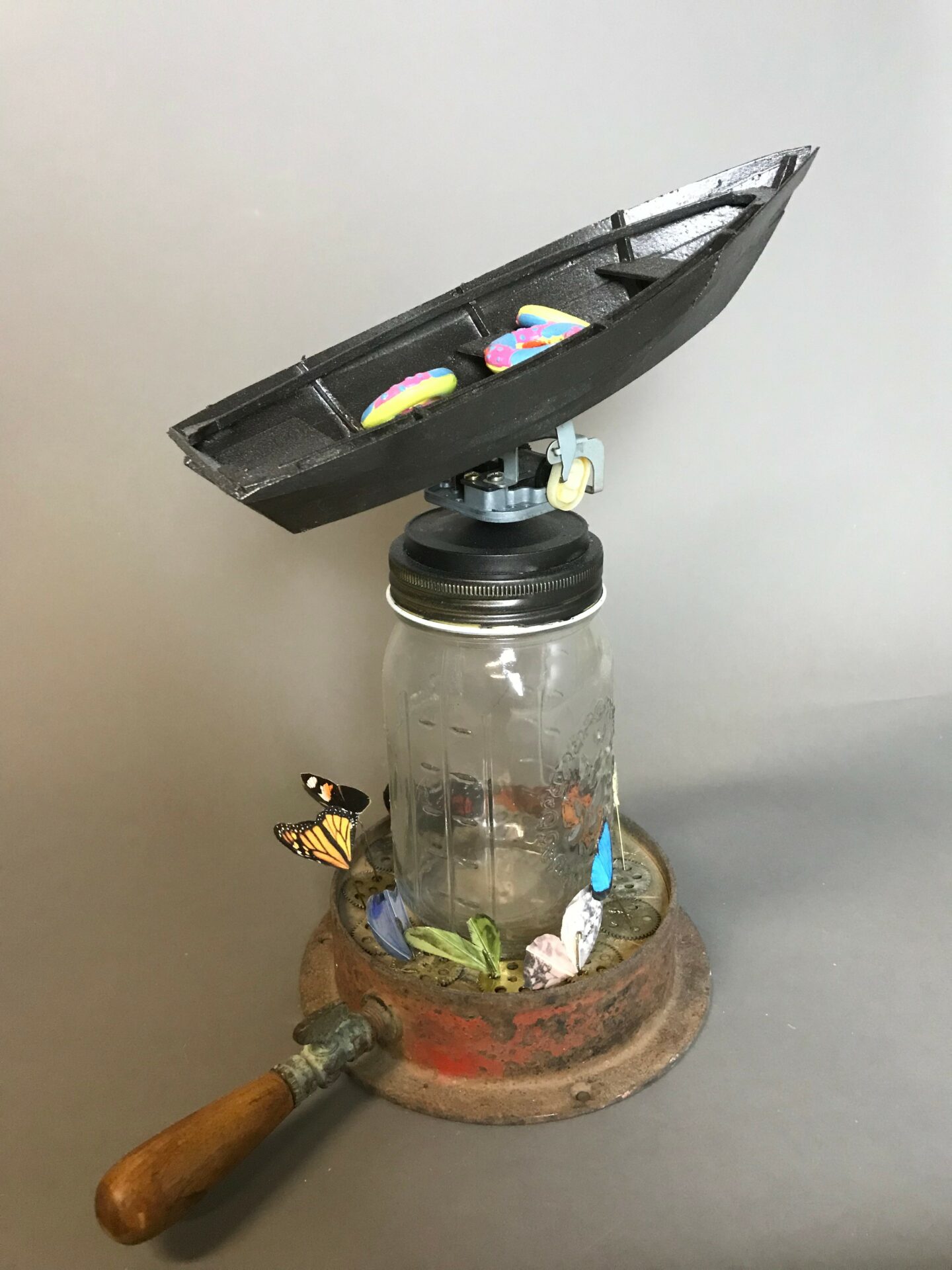
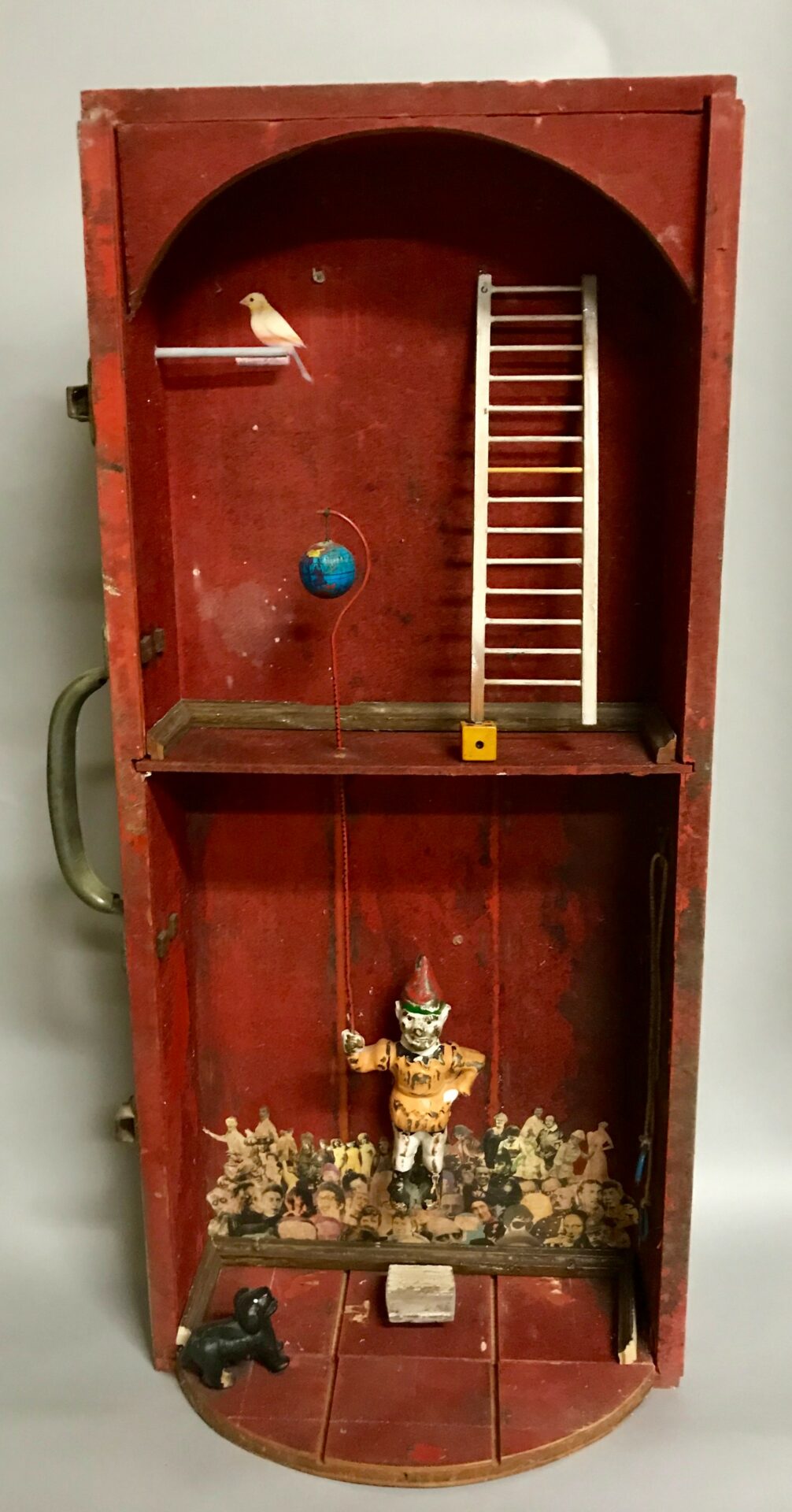
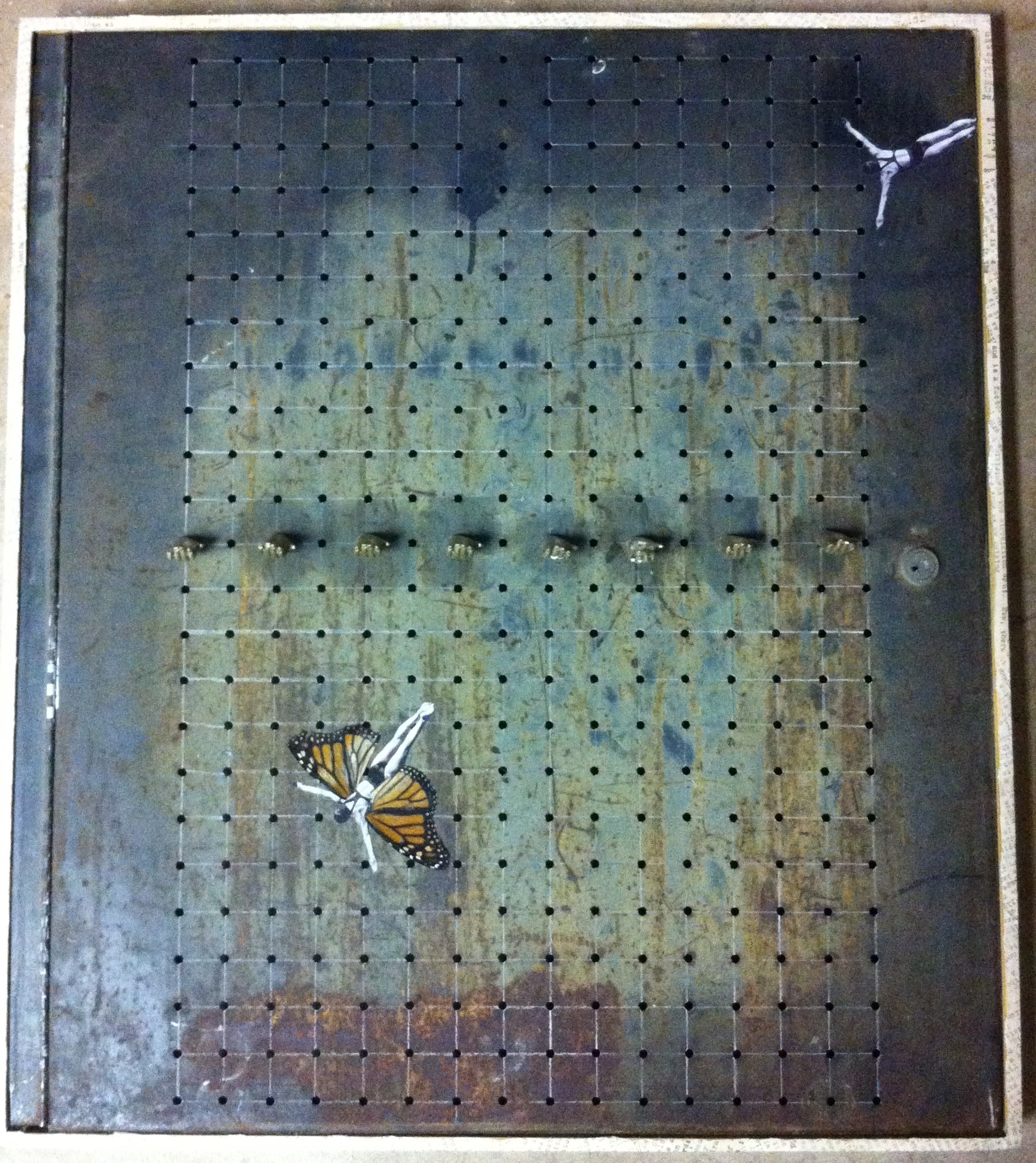
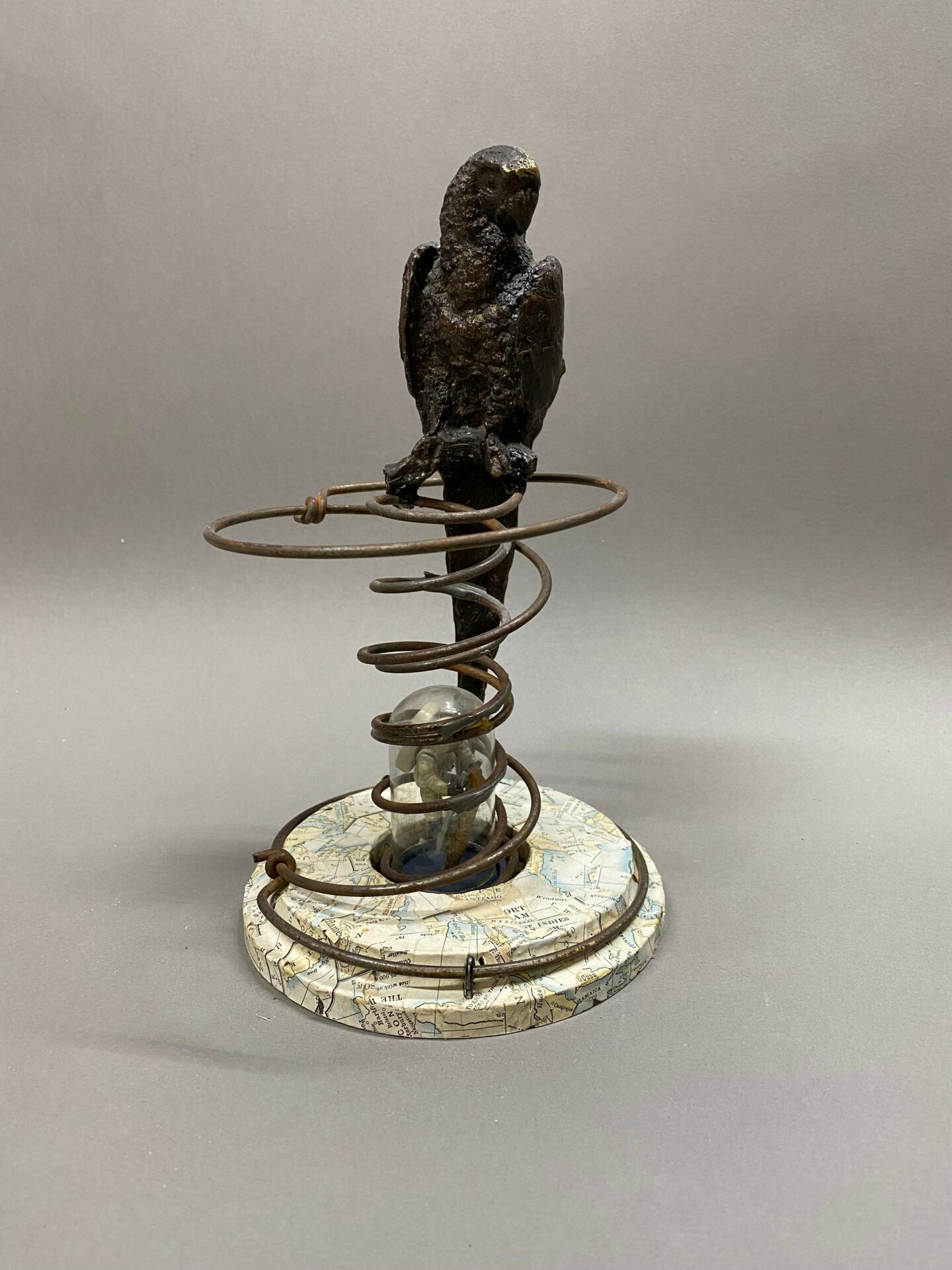
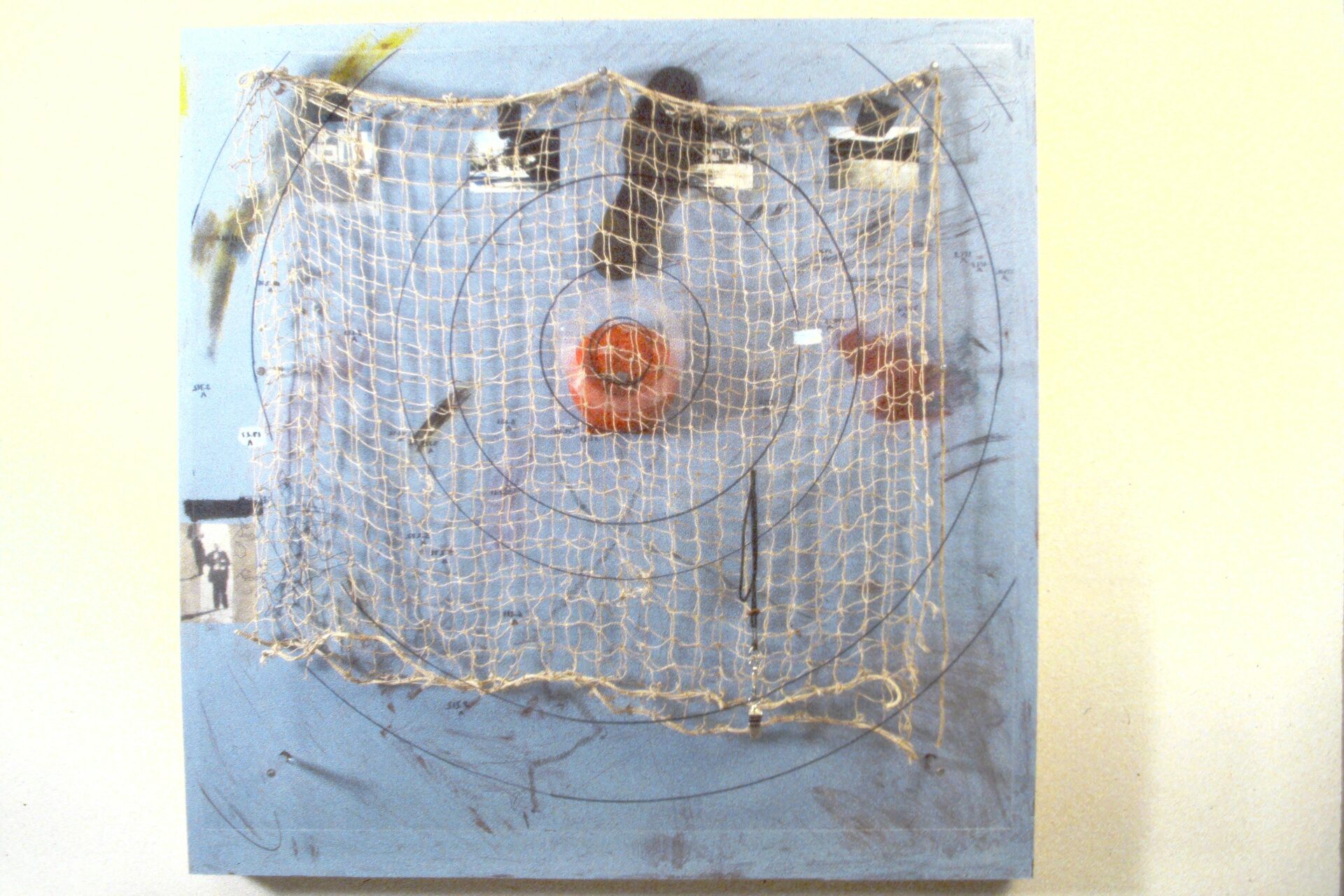
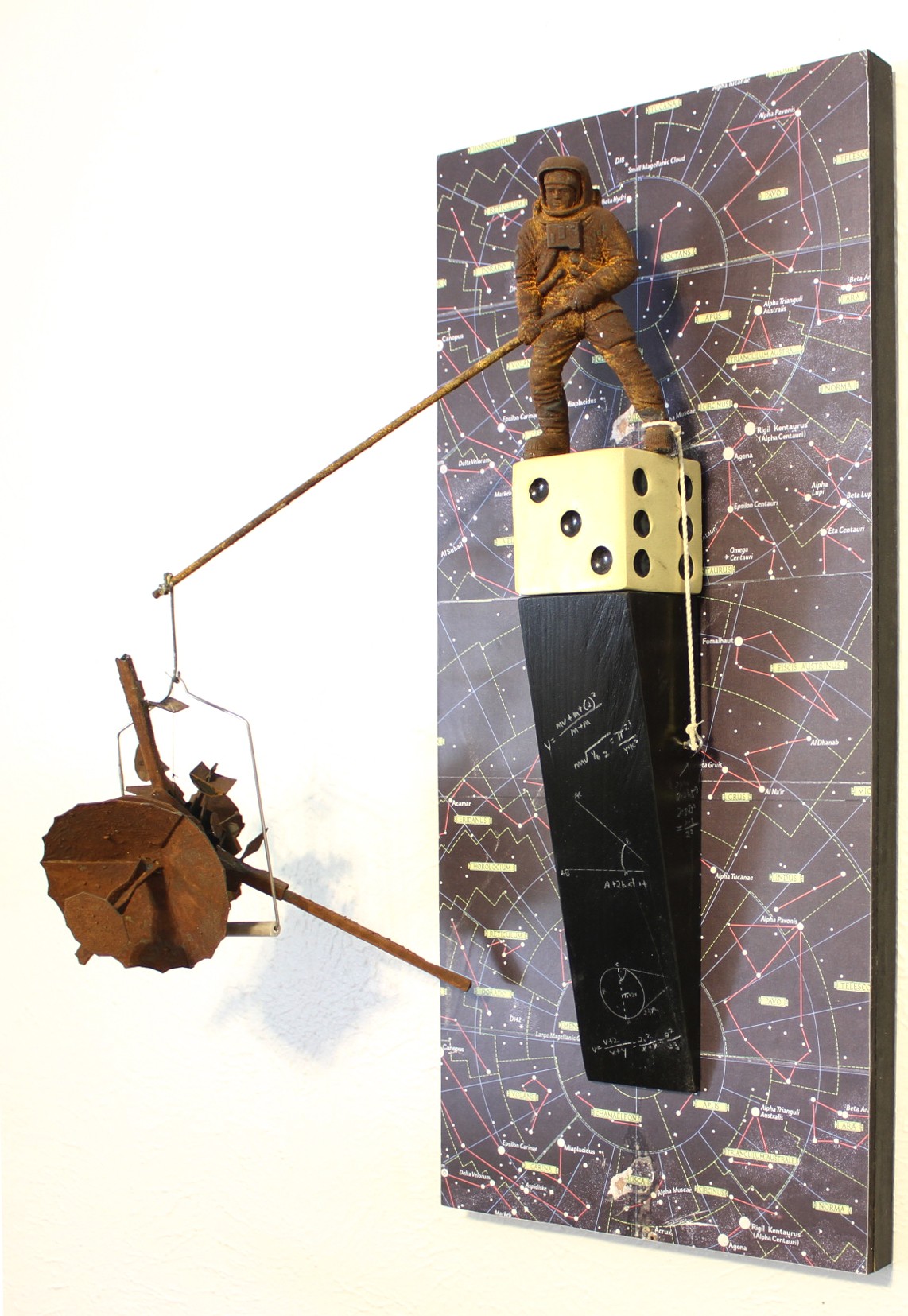
Image Credits
All images by Norman Kary

